Regular cast off
This is the most basic way to cast off. It normally turns out rather tight though. I like to go up half a needle size to get a more even tension.

When you come to the last stitch, cut the yarn and pull it through the stitch.
Occasionally, you may need to cast off purlwise or in rib. The principle is the same as with the regular cast off. The only difference is that you purl the stitches instead of knitting them.
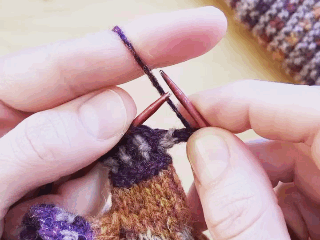
Icelandic cast off
The regular cast off usually turns out rather tight, even if you go up half a needle size (as I normally do).
For garter and seed stitch borders I prefer the Icelandic cast off.

Jeny’s surprisingly stretchy cast off
The easiest stretchy cast off for ribbing is, in my opinion, Jeny’s surprisingly stretchy cast off. It is, indeed, surprisingly stretchy! Very suitable for toe-up socks.

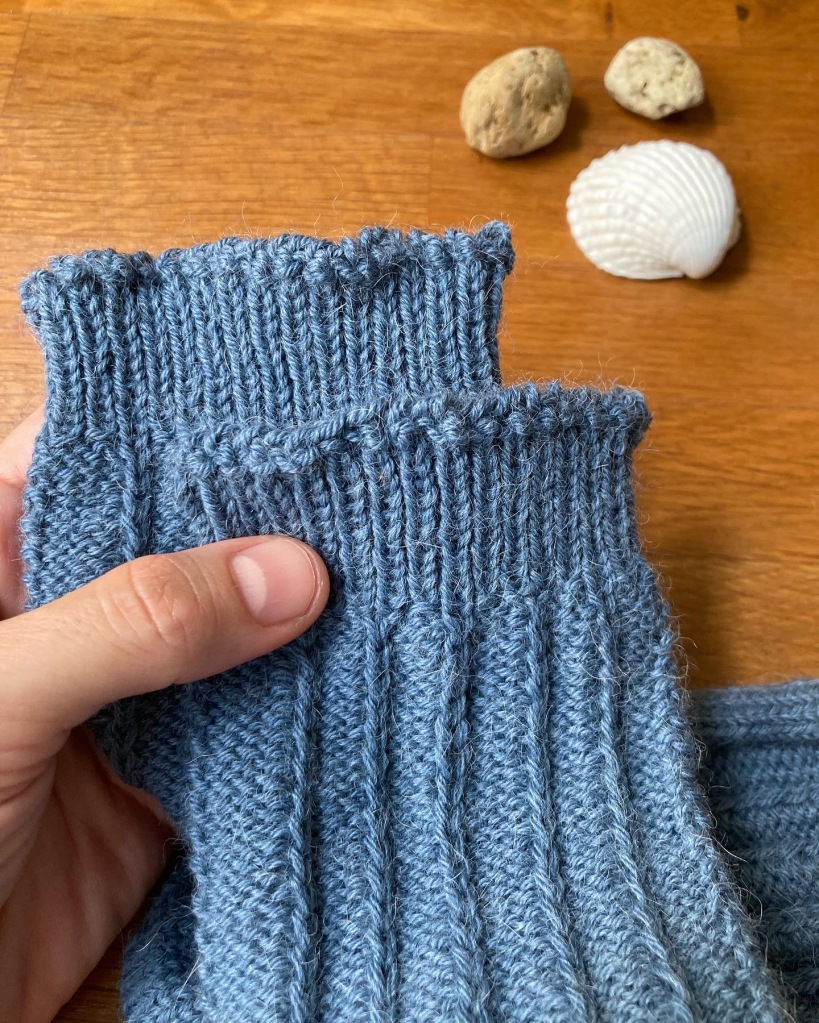


Elastic cast off
This is an alternative to Jeny’s, which I actually find makes a neater edge.
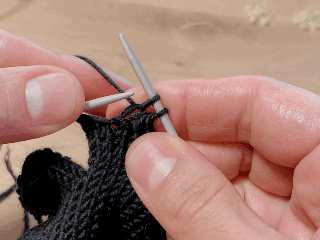
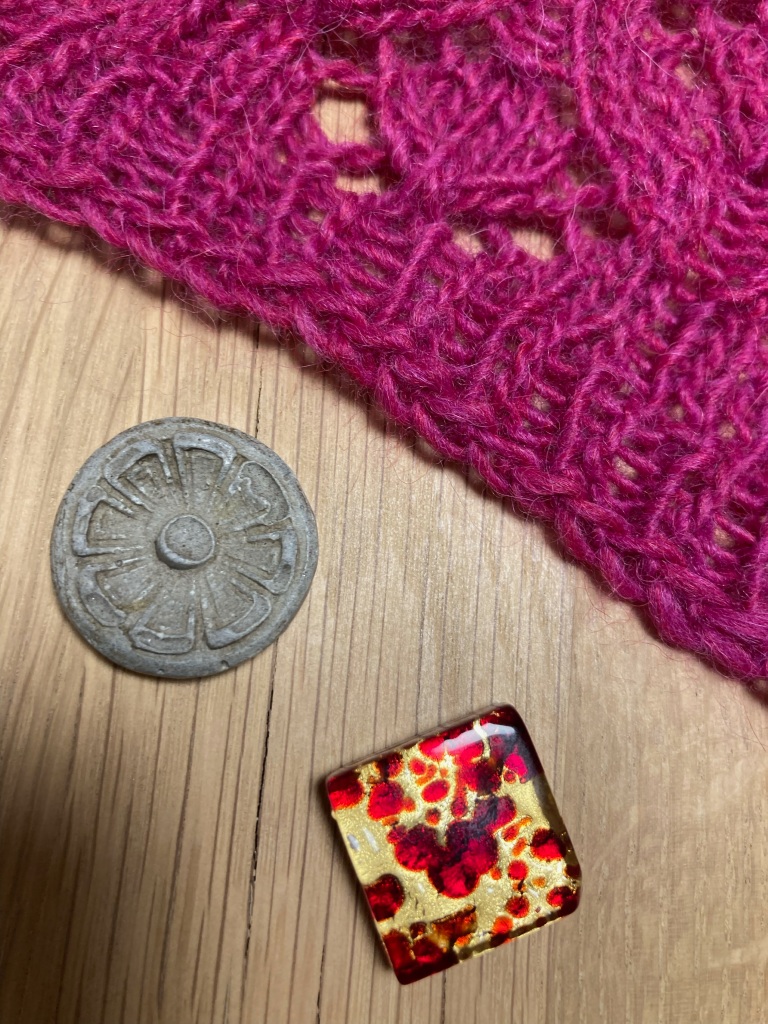
Sewn cast off: Italian, tubular, Jeny’s and Kitchener
There are several types of sewn cast offs, i.e. techniques where you use a darning needle to close off the stitches. The ones I have tried produce a really neat result. The drawback is that, if you are casting off a large number of stitches, e.g. a sweater hem, you have to work with a long piece of yarn, which is annoying in itself, but can also result in the yarn getting frayed and breaking (depending on the kind of yarn you are using).
Italian/tubular cast off
The most elegant stretchy cast off for ribbing and brioche is the Italian or tubular cast off.
This cast off mirrors the Italian cast on. So, if you want your cast on and cast off to be identical, this is the way to go.
To work the Italian cast off:
Cut the yarn leaving a tail of at least 4x the width of your cast off edge. Use a darning needle. Enter the first st (a knit st) purlwise and the second st (a purl st) knitwise leaving them on the knitting needle. Enter the first st knitwise and slip it off the needle. *Enter the second st (a knit st) purlwise. Enter the first st purlwise and slip it off the needle. Pass the needle back to front between the first and second sts. Enter the second st (a purl st) knitwise. Enter the first st knitwise (a knit st) and slip it off the needle.* Repeat from * to *. Think: “purl(wise), purl(wise) off, (pass needle through), knit(wise), knit(wise) off”.
The following video shows how to begin and end the Italian cast off.

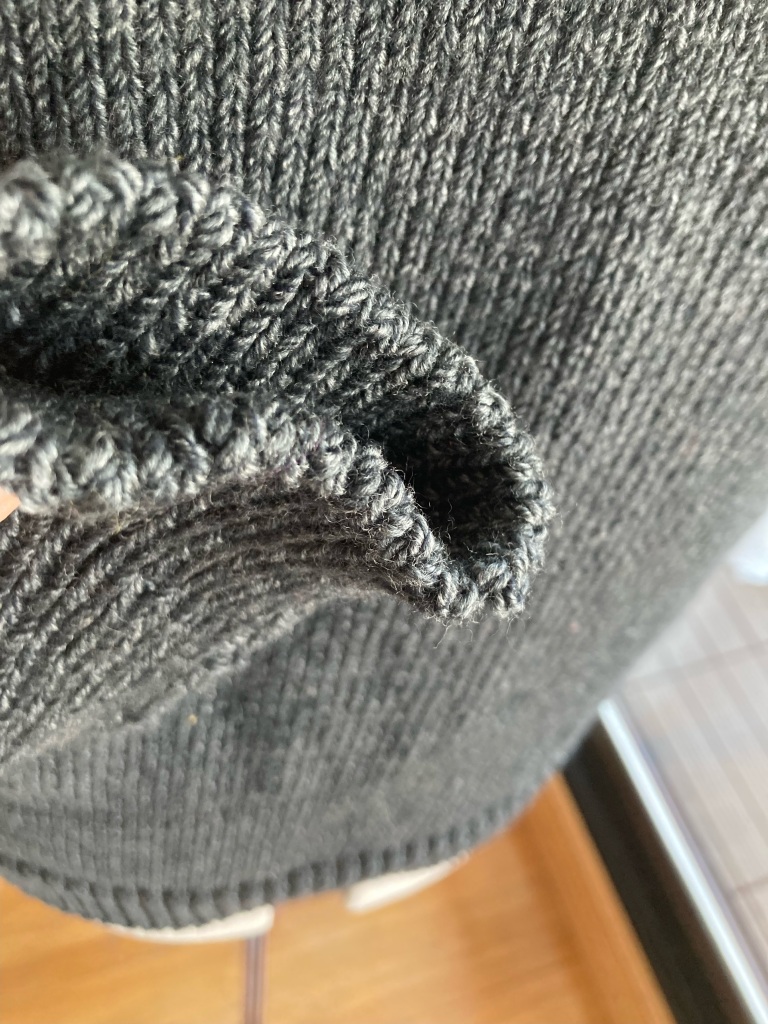
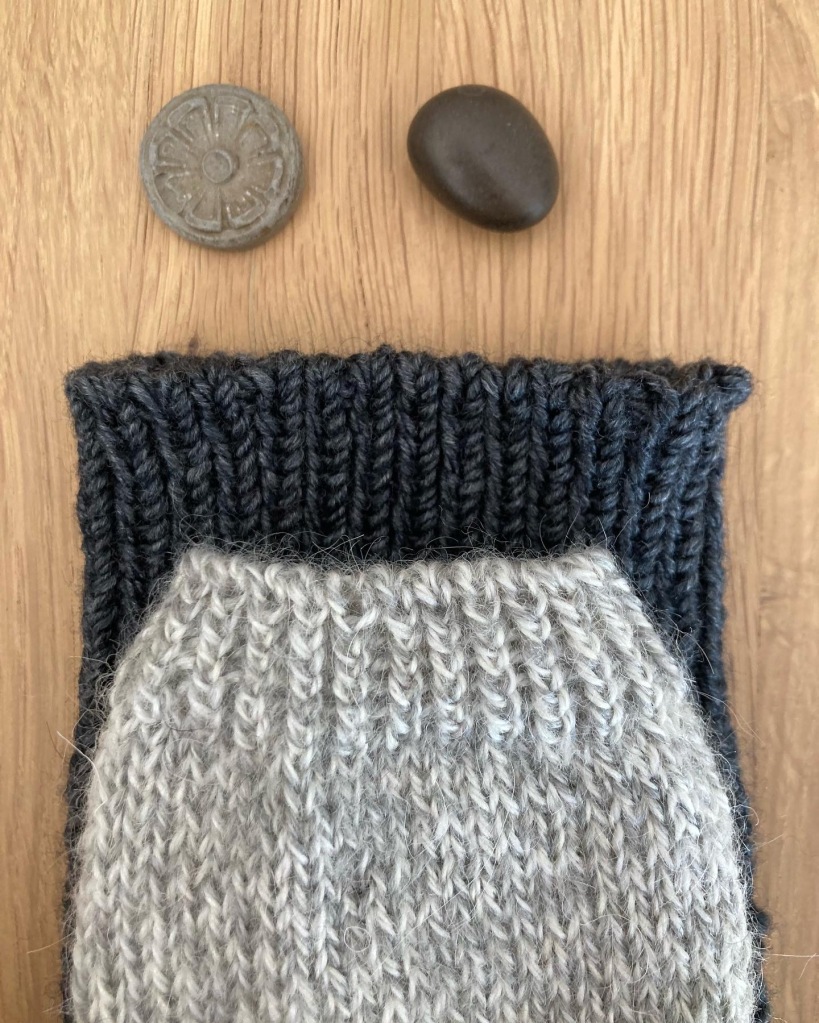

The tubular cast off is the same as the Italian, but is preceded by two rows of double knitting to create a thin tube at the edge. Double knitting is worked by alternately knitting a stitch and slipping the next with the yarn in front. (For more detailed explanations on double knitting see The Annaplexis Coasters)
In the second row, knit the slipped stitches and slip the knitted ones.
If you are working double knitting in rounds, the second round is worked as follows: slip the knitted stitches with the yarn in the back and purl the slipped stitches.
Jeny’s interlock cast off
Jeny Staiman (of Surprisingly-stretchy- cast-off fame, see above) has worked out how to make a stretchy sewn cast off that exactly mirrors the twisted loop (and the long tail cast on – which in essence is twisted loops + a knitted row). (Don’t you just love knitting geeks?!?! 🤓)
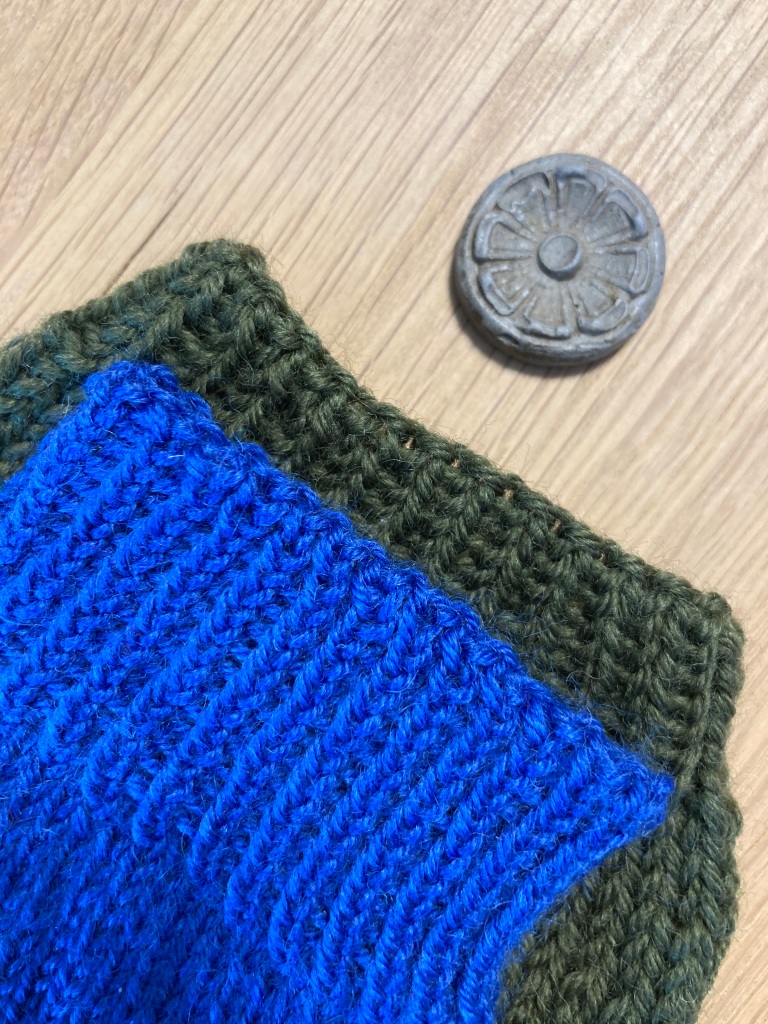
This cast off is shown here in 1/1 ribbing, but can also be worked exclusively in knit stitches.
Kitchener stitch
Kitchener stitch is in essence worked the same way as the Italian cast off but is used to join two edges together. It is typically used to close the toe in top-down socks or to close afterthought heels. It gives a perfectly seamless join, in the same way that Judy’s magic cast on is perfectly seamless.
In the photo you can see a toe made with Judy’s magic cast on and a heel closed with Kitchener’s.

3-needle cast off
I like to use this cast off for shoulders.
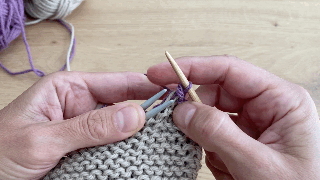
The shoulder seam keeps the garment together and is crucial for the fit around the armholes. Therefore, in most designs, it should be a sturdy seam.

Cast off in the round
Instead of Kitchener stitch you can use this cast off to close the toe in top down socks. This is also used to cast off hats knitted in the round.
Cut the yarn leaving a tail of approx. 20 cm. Knit each stitch and pull the yarn through.
After having bound off all the stitches this way, pull the yarn to close the hole and weave in the end securely.
Fake Italian cast off
Not quite as stretchy as the real thing, but it is easier and looks quite neat.
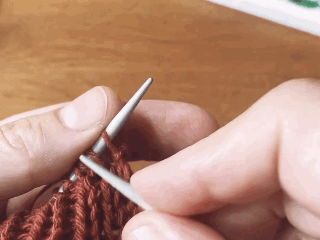
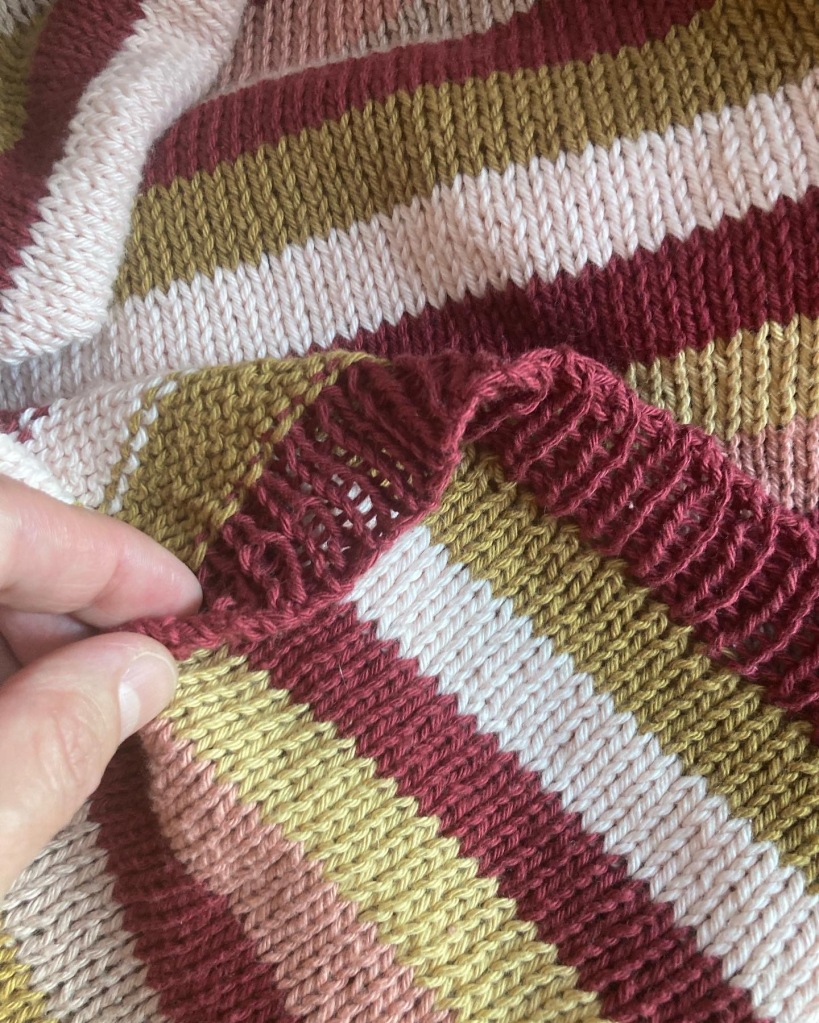
Picot cast off
Cast on 2 stitches with knitted cast-on method (See Everything you need to know about casting on). Knit 2, pass first stitch over, [knit 1, pass previous stitch over] knit brackets 3 times in total (i.e. cast off 4 stitches). Slip the remaining stitch back to left hand needle.
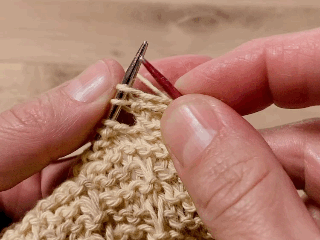
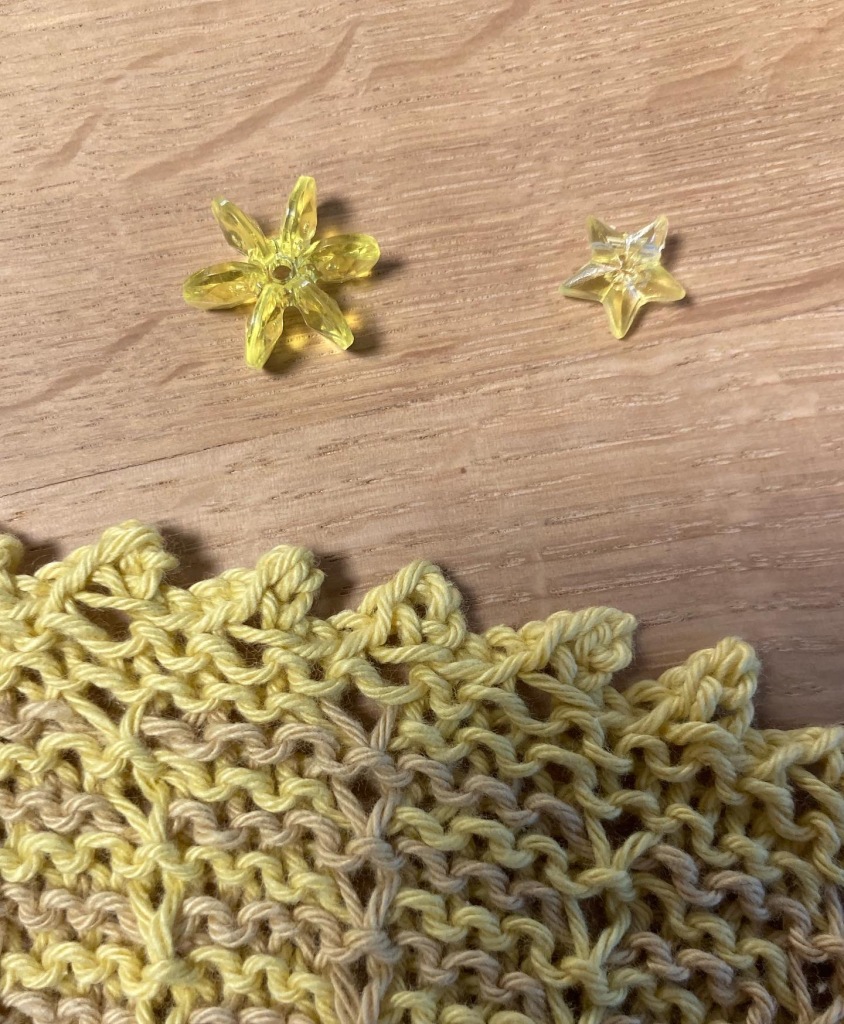
You can cast off more stitches between the picots if you want them spaced further apart.
I-cord cast off
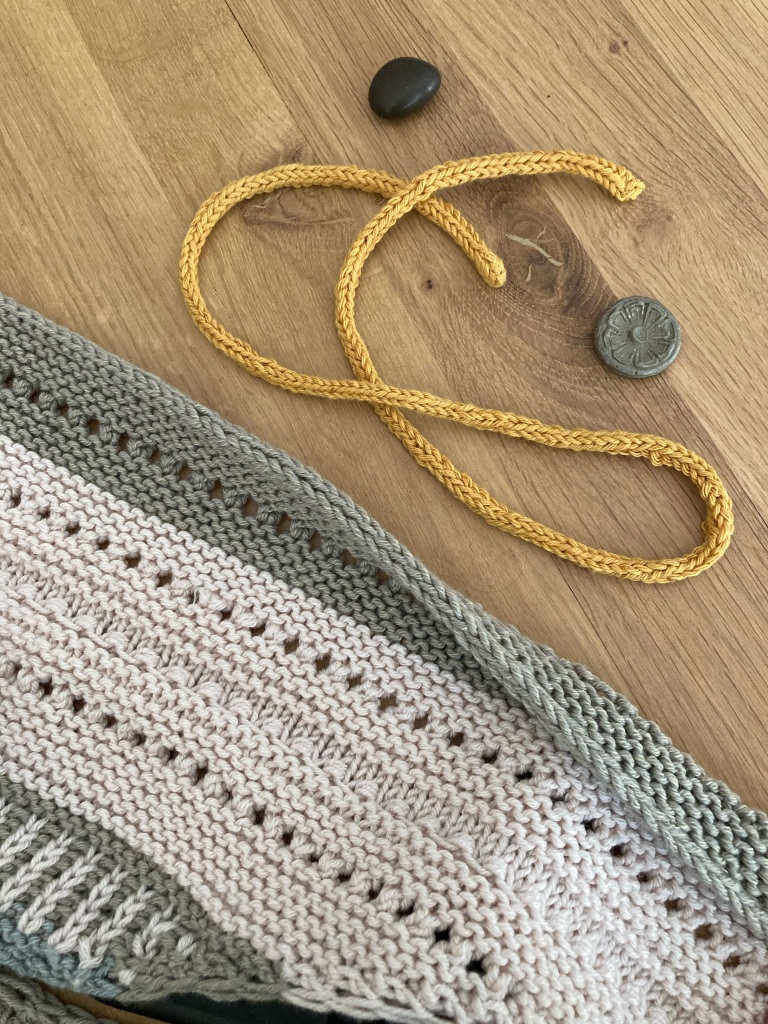
In general the I-cord cast off is worked as follows:
Knit x number of sts (typically 1-3), make a decrease (k2tog or SSK), slip sts from right needle to left hand needle, repeat.
Before you start, you need to cast on x number of sts at the beginning of the row.
The following videos show two variations of this, but there are many other possibilities.
This concludes my cast-off overview! Have I missed something? What is your favourite cast-off? Let me know in the comments below 👇

One reply on “Everything you need to know about casting off”
Thank you so much for all the very valuable information and all your time for sharing it.
LikeLiked by 1 person